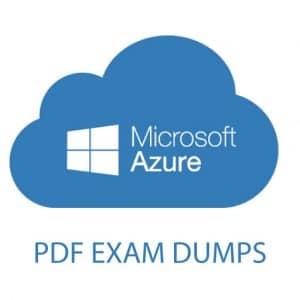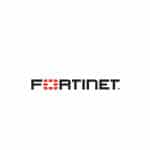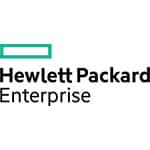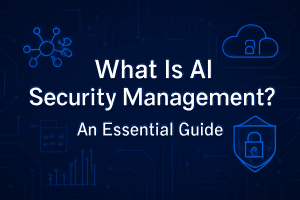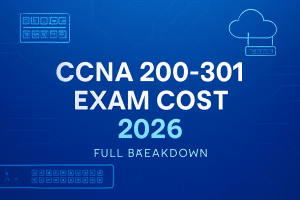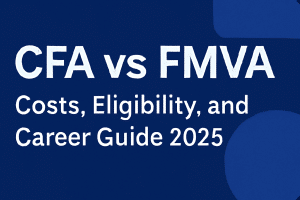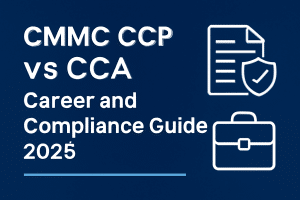TL;DR:
The CompTIA Security+ SY0-701 exam checks your ability to secure networks, handle incidents, and apply compliance frameworks under real pressure. You face up to 90 questions in 90 minutes and need a 750/900 to pass. This cheat sheet brings together everything you need for last-week prep: key domain weights, critical ports and protocols, high-value acronyms, and smart exam-day tactics. Read it through once, then use the tables as your quick reference on review day.
Why a Mega Cheat Sheet Works

Security+ covers five weighted domains, and each mixes theory with scenario-based Performance-Based Questions (PBQs). By condensing the most tested facts and strategies into tables and bullet lists, this guide saves hours of last-minute scrolling.
Keep this cheat sheet handy and review the complete Security+ SY0-701 exam guide for an end-to-end prep strategy.
1. Core Exam Facts
| Item | Details |
|---|---|
| Total Questions | Up to 90 |
| Types | Multiple choice + PBQs |
| Time Limit | 90 minutes |
| Passing Score | 750 (scale 100–900) |
| Recommended Experience | ~2 years in IT with security focus (not mandatory) |
| Cost (U.S.) | Around $404 in 2025 |
| Validity | 3 years, renewable |
Keep these numbers front of mind when planning your final week.
2. Domain Weighting at a Glance
Domain weighting tells you where to spend the bulk of your revision time.
| Domain | Weight |
|---|---|
| Security Operations | 28 % |
| Threats, Vulnerabilities & Mitigations | 22 % |
| Security Program Management & Oversight | 20 % |
| Security Architecture | 18 % |
| General Security Concepts | 12 % |
Focus first on Security Operations and Threats & Mitigations. Together they represent half the test.
3. High-Yield Concepts Across All Domains
- Zero Trust and least-privilege access
- Incident Response cycle: preparation → detection → containment → eradication → recovery → lessons learned
- Risk management basics: likelihood, impact, residual risk, risk appetite
- Encryption fundamentals: symmetric vs asymmetric, hashing, TLS
- Identity and Access Management (IAM): MFA, SSO, federation, privilege escalation prevention
4. Quick-Reference: Key Ports and Protocols
Memorizing key network ports is one of the simplest score boosters.
| Service / Protocol | Port | Usage |
|---|---|---|
| HTTP / HTTPS | 80 / 443 | Web traffic (unencrypted / encrypted) |
| DNS | 53 | Domain name resolution |
| SMTP | 25, 587 | Email sending |
| POP3 / IMAP | 110 / 143 | Email retrieval |
| SSH / SFTP | 22 | Secure remote login / file transfer |
| FTP | 20, 21 | File transfer (insecure) |
| RDP | 3389 | Remote desktop |
| SNMP | 161 | Network management |
| NTP | 123 | Time sync |
| LDAP / LDAPS | 389 / 636 | Directory services |
| Kerberos | 88 | Authentication |
| IPsec / IKE | 500 | VPN setup |
| Syslog | 514 | System logging |
Print this or keep it on your final review sheet.
5. Acronyms You Must Know Cold
| Acronym | Meaning | Exam Relevance |
|---|---|---|
| CIA | Confidentiality, Integrity, Availability | Core security principle |
| AAA | Authentication, Authorization, Accounting | Access control |
| SIEM | Security Information & Event Management | Log correlation |
| DLP | Data Loss Prevention | Protects sensitive info |
| RBAC | Role-Based Access Control | Access control model |
| NAC | Network Access Control | Endpoint compliance |
| PKI | Public Key Infrastructure | Certificates and encryption |
| IDS / IPS | Intrusion Detection / Prevention System | Threat detection |
| TLS / SSL | Transport Layer Security / Secure Sockets Layer | Encrypted communication |
Tip: Turn these into flashcards and review them daily in the final week.
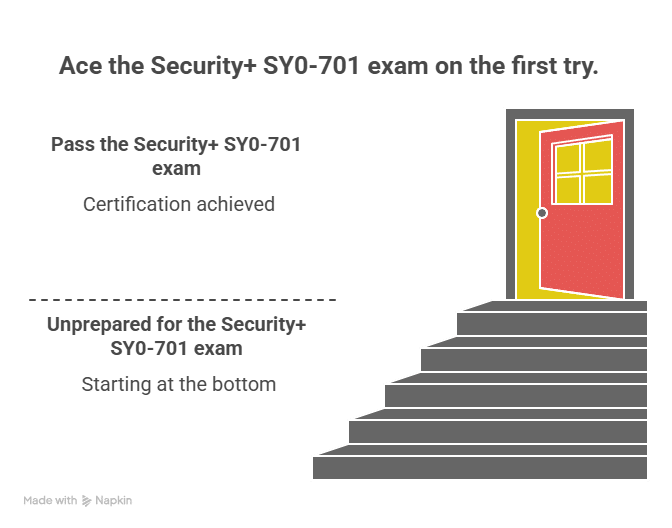
6. Domain-by-Domain Mini Checklists
Use these focused lists to review the night before your exam.
Domain 1 – General Security Concepts (12%)
- CIA triad and security control types (technical, administrative, physical)
- Basics of cryptography: hashing, symmetric vs asymmetric, PKI
- Secure configuration management and change control
Domain 2 – Threats, Vulnerabilities & Mitigations (22%)
- Malware types: ransomware, worms, trojans
- Social engineering: phishing, spear phishing, whaling
- Vulnerability scanning vs penetration testing
- Patch management and hardening steps
Domain 3 – Security Architecture (18%)
- Secure network design: DMZ, VLANs, segmentation
- Zero trust and least privilege
- Secure protocols: HTTPS, SSH, IPsec, TLS
- Redundancy, high availability, and failover strategies
Domain 4 – Security Operations (28%)
- Incident response lifecycle: preparation, detection, containment, eradication, recovery, lessons learned
- SIEM and log analysis
- Digital forensics fundamentals: chain of custody, evidence acquisition
- Disaster recovery and business continuity planning
Domain 5 – Security Program Management & Oversight (20%)
- Risk management frameworks (NIST, ISO)
- Privacy regulations (HIPAA, GDPR, PCI-DSS)
- Security policies and user awareness training
- Third-party and supply chain risk controls
7. Typical PBQ Scenarios and How to Handle Them
Performance-Based Questions simulate real environments. Practice these:
| Scenario | What’s Tested | Strategy |
|---|---|---|
| Firewall Rule Creation | Access control and protocol knowledge | Identify required port/service, apply least privilege. |
| Log Analysis | Threat detection | Spot anomalies such as repeated failed logins or unusual IPs. |
| Wireless Setup | Secure configuration | Apply WPA3, disable WPS, set strong passphrase. |
| Incident Response Steps | Process knowledge | Put events in the correct response order. |
Tip: Work through at least two full PBQ practice sets using the Cert Empire Dumps & Simulator to build speed and confidence.
8. Your Exam-Day Playbook
Night Before
- Get at least 7 hours of sleep.
- Do a light review of ports, acronyms, and key formulas.
- Pack your ID and Pearson VUE confirmation email if testing in person.
Morning Of
- Eat a balanced meal—avoid heavy sugar that can cause energy crashes.
- Arrive 15–30 minutes early (or log in early if online).
- Take a few deep breaths to stay calm.
During the Exam
- Start with multiple-choice to build confidence.
- Flag any long PBQs and tackle them after quick wins.
- Check that every question is answered before time runs out.
9. Last-Minute Power Tips
- Timeboxing: Spend no more than one minute on most multiple-choice questions.
- Keyword scanning: Read each question carefully for key terms like least, most, and first.
- Elimination method: Cross out obviously wrong answers to improve odds even when guessing.
10. Resources for Deeper Prep
- Complete Breakdown of CompTIA Security+ SY0-701 Exam Objectives and Domains (2025)
- SY0-701 Exam Domains Explained
- Step-by-Step Study Plan to Pass the Exam
- How to Register and Schedule Your Exam
Final Takeaway
This mega cheat sheet is your all-in-one Security+ SY0-701 companion. Use it to:
- Focus on high-weight domains
- Review critical ports, protocols, and acronyms
- Practice common PBQ scenarios
- Follow a proven exam-day routine
Combine this guide with the Cert Empire Dumps & Simulator and a steady study plan, and you’ll walk into the testing center—or log in for an online exam, fully prepared to pass on your first attempt.





